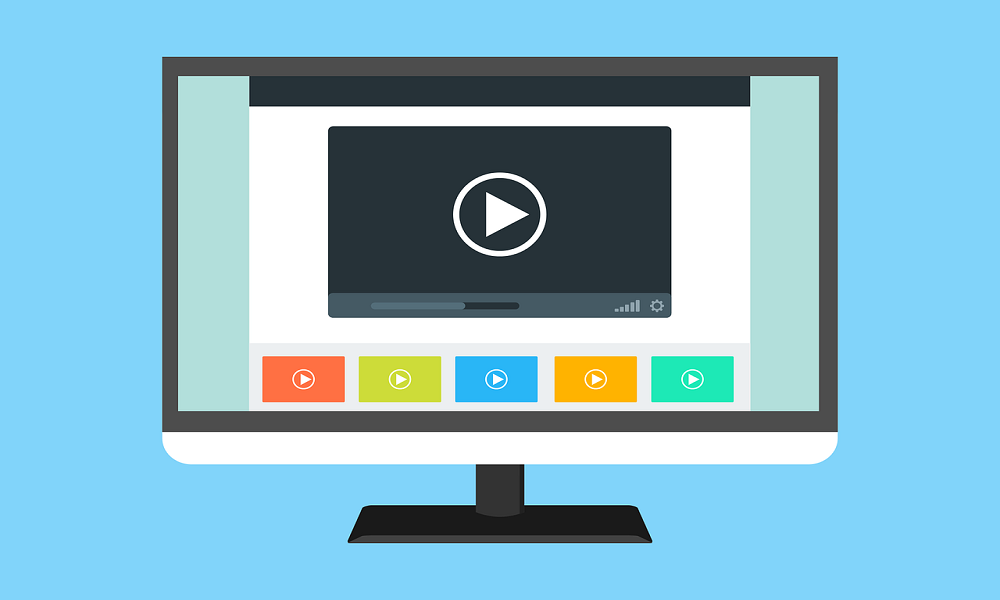classrooms to school events and campus security footage. They’ve become vital tools for teaching, communication, and safety. But as schools and universities share more video content, concerns about protecting student privacy have never been higher. That’s where video redaction comes in. It might not be a term everyone knows, but it’s one of the best ways education organizations can keep students safe and stay on the right side of privacy laws.
What is Video Redaction?
Video redaction is the process of hiding or removing sensitive parts of a video to protect people’s identities or confidential information. This usually means blurring faces, pixelating names on badges, or muting parts of audio that reveal private details. Think of it as the digital version of censoring — instead of cutting the whole video, you keep what’s important but shield what shouldn’t be seen. It’s different from regular video editing because the main goal is privacy and compliance, not just making the video look nice. Here are some school-friendly redaction tools for compliance.
The Importance of Protecting Student Privacy
Student videos often capture more than just lessons — they include personal moments, interactions, and information that can be sensitive. Laws like FERPA (Family Educational Rights and Privacy Act) in the US and GDPR (General Data Protection Regulation) in Europe set strict rules about how student data should be handled, including video content. Failing to protect this data can lead to serious consequences, from legal penalties to reputational damage. On top of that, unredacted videos can expose students to identity theft, bullying, or misuse by third parties. Keeping student privacy safe isn’t just a legal duty — it’s a responsibility schools owe to their communities.
Common Scenarios Where Video Redaction is Needed in Education
There are plenty of situations in education where video redaction is a must. For example, when teachers record classroom lessons for remote learners, students might appear in the background and need to be protected. School events like sports games, assemblies, and performances often get shared on social media or school websites — redaction ensures only appropriate content is visible. Even security cameras around campus capture footage that could include private moments or sensitive information. In all these cases, redacting videos helps keep everyone’s privacy intact.
How Video Redaction Helps Compliance and Avoids Legal Issues
Following privacy laws isn’t optional for education organizations — it’s mandatory. Video redaction plays a crucial role in making sure schools comply with these regulations by removing or obscuring data that shouldn’t be publicly available. Ignoring video privacy can lead to costly fines, lawsuits, or damage to an institution’s reputation. On the flip side, implementing strong redaction policies helps build trust with parents, students, and staff. When everyone knows their privacy is respected, it creates a safer, more supportive learning environment.
The Challenges of Redacting Videos in Education
Despite its benefits, video redaction isn’t always straightforward. Manually editing videos to blur faces or sensitive info can be extremely time-consuming, especially for schools with limited resources. There’s also the technical challenge of tracking moving subjects, multiple people, or quickly changing scenes, which makes redaction tricky without the right tools. That’s why many education organizations struggle to keep up with video privacy demands without automated or semi-automated solutions.
Practical Tips for Education Organizations
If you’re part of an education organization, there are some simple steps to make video redaction easier and more effective. First, create a clear privacy policy that outlines when and how videos should be redacted before being shared. Training teachers and staff on redaction tools and legal requirements is essential — everyone needs to understand the importance of privacy. Using automated video redaction software can save time and reduce errors, making the process more manageable. Lastly, regularly review and audit published videos to ensure compliance is maintained over time.
The Future of Video Redaction in Education
Looking ahead, video redaction technology is getting smarter thanks to AI and machine learning. These advances mean redaction will become faster, more accurate, and less labor-intensive, which is great news for busy education teams. At the same time, parents and regulators are demanding higher standards of privacy, so redaction won’t just be a nice-to-have — it will be a necessity. Expect video redaction to become deeply integrated with virtual classrooms, live streams, and other education tech in the near future.
Conclusion
With video playing a bigger role in education every day, protecting student privacy through video redaction has never been more important. Not only does it help schools comply with laws and avoid legal headaches, but it also shows respect for students and their families. If your organization isn’t already prioritizing video redaction, now is the time to start. Look into training, policies, and the latest redaction tools — safeguarding privacy protects your community and your reputation.


